Wondering how much time and money you have already wasted with inefficient delivery routes? A lot of small businesses especially logistics have already started feeling the heat with the consequences of inefficient routes and planning, while for remaining startups delivery routes have become a headache. To stay competitive, business professionals are relying on logistics management apps for operational excellence. Customers want their order faster, if this is what you have been hearing for the last many years now, you need to update yourself a little more. With Amazon’s shift to scheduled days for delivery, a significant shift in customer expectations is seen. Route optimization refers to the process of finding the shortest and most cost-effective route between any two points. In other words, it involves finding the fastest and relying on the most efficient way to deliver services to your valued customers. However, experts suggest that there’s more to it than just finding the shortest route. This involves routes where customers are located, when they want to render services, or which driver is needed to be employed in the job. Route optimization is primarily used when there is a need to minimize drive time to tackle a range of complexities pertaining to customer estimated time of travel need, vehicle capacities, driver schedules, and more. The success of route optimization is twofold. It not only allows dispatchers to efficiently and cost-effectively manage the fleet but also helps companies fulfill service commitments, exceeding customer expectations, and perform better than competitors. Route optimization software or solutions maximizes profits by helping startup businesses find the fastest possible route within the least possible time. Healthcare, taxi dispatch, food delivery, beauty services, home services, movers and packers, grocery app, pickup, and delivery, to name a few are industries where the need for delivery optimization cannot be underestimated. 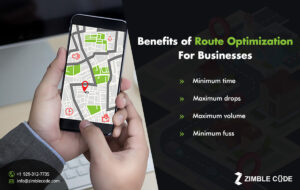
Benefits of Route Optimization For Businesses:
Minimum time
Route optimization benefits finding the fastest possible route for each of your vehicles, thus resulting in faster deliveries.
Maximum drops
As each route is calibrated to hit as many drop locations as possible, an efficient optimization tames unnecessary fuel costs and improves your overall efficiency.
Maximum volume
Deliver a lot more delivery packages without any fail. This also effectively reduces the overall number of journeys and trucks required.
Minimum fuss
Both customers and service people can keep track of the expected time of delivery through one click. The on-demand economy by so far has managed to attract more and more investors, budding entrepreneurs to validate their ideas as startups, and developers to tackle the competition. When thinking about planning a route, navigation apps like Google pop to mind. But what about businesses that need to cater to 20, 50, or even 100 places in a single day? As Google Maps works on a stop-by-stop basis, it simply cannot help you get around town. You need to consider time frames, driver shifts, several stops, stop changes, and so on. To summarise, this goes without saying that the more efficient you deliver products, the more successful you’ll be as a carrier. Optimizing delivery and routes is the key to success in almost every niche market. Small businesses as well as startups to perform and thrive require route optimization almost instantly. Route optimization algorithms aim to solve two of the most difficult computer science problems: the Traveling Salesman Problem (TSP) and the Vehicle Routing Problem (VRP).
Also Read – How To Maintain Efficiency, Speed & Digital Fitness In Logistics Business

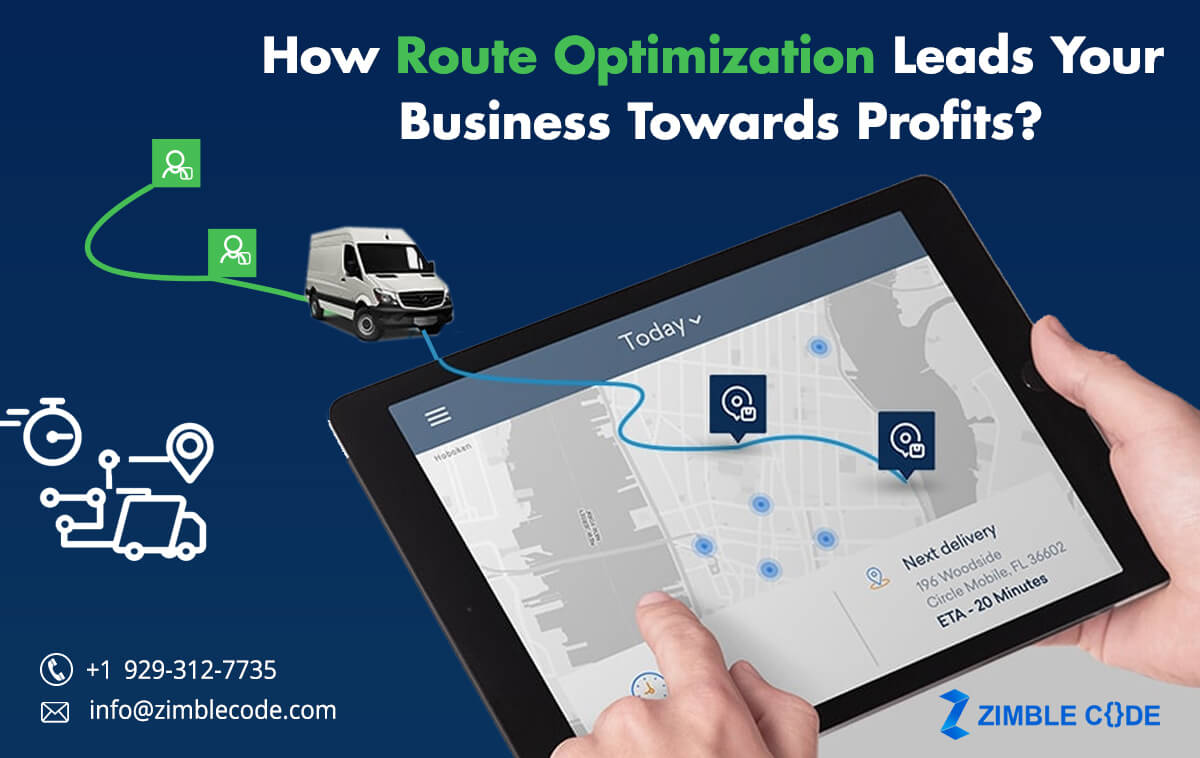
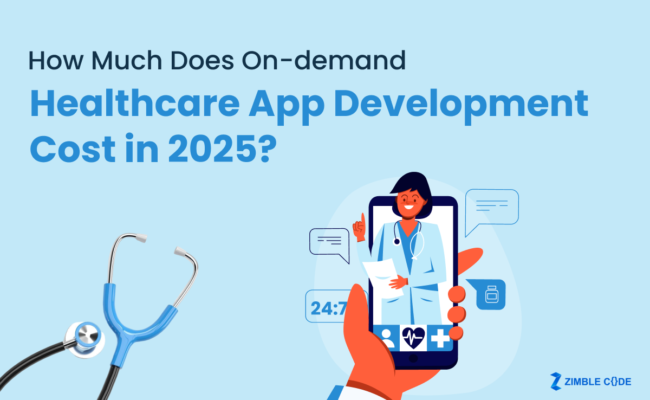
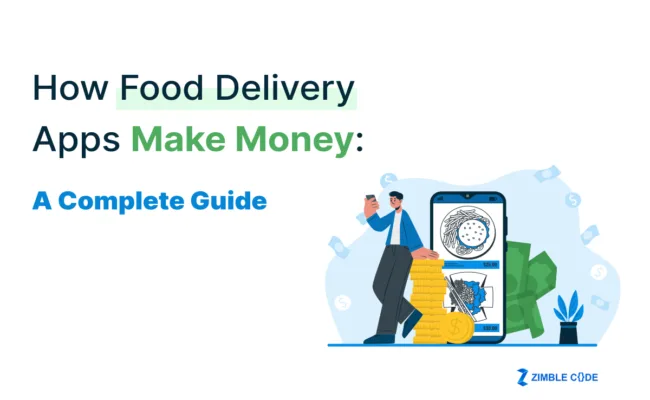
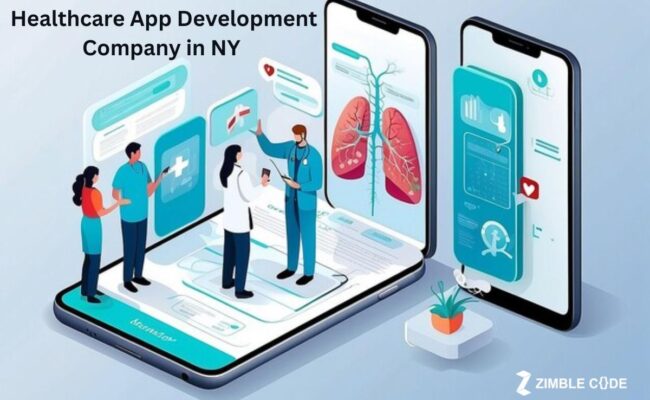
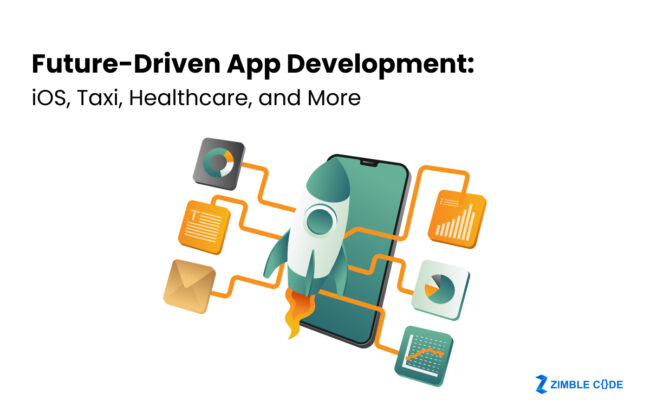


You have shared best blog here, article is really informative and useful. Thanks
Looking forward to reading more. Great article post. Much thanks again. Fantastic.
Thank you for sharing this article, really helpful and informative..
Some truly nice and utilitarian information on this website, also I believe the layout holds excellent features.
If some one desires expert view about blogging and site-building afterward i recommend him/her to go to see this web site, Keep up the good work.
This is really informative article, good job…
I have recently started a site, the information you offer on this web site has helped me greatly. Thank you for all of your time & work.
Just desire to say your article is as informative.
You made some clear points there. I did a search on the issue and found most people will consent with your website.
Useful blog !
I really like it whenever people get together and share thoughts.
Illuminating Blog
You ought to take part in a contest for one of the highest quality blogs online. I am going to recommend this web site!
This blog is fabulous!
Wow, this article is pleasant, my sister is analyzing these kinds of things, thus I am going to convey her.